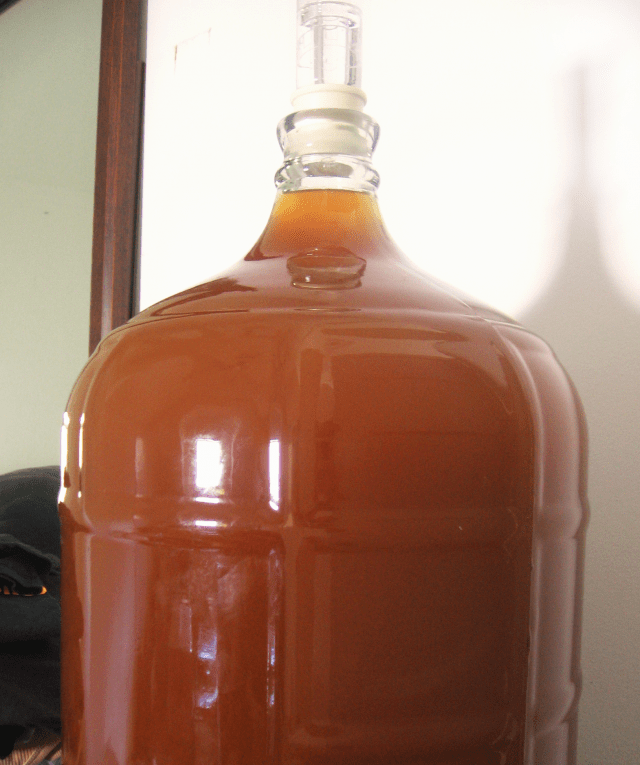 Hi everyone!
Hi everyone!
I’m kind of in a holding pattern right now in terms of my winemaking projects. Currently, I have my first batch of mead just hanging out in secondary fermentation, and according to the instructions will leave it there for 4 weeks or so. I’m about half way there, so things are a little boring in my house at the moment!
I would start another batch of wine, but there is just no room in the house right now due to all the stuff laying around everywhere for my upcoming wedding. So, instead of just sitting around like a bump on a log, I’ve decide to do a little preliminary research on something that I think I would like to try once the secondary fermentation of my mead is over.
Basically, I think I’d like sweetening my mead a little bit once fermentation is over. I’ve never actually had a dry mead before, so I’m a little nervous about what that might taste like. I still have a little bit of honey left over from when I mixed all the ingredients at the beginning of primary fermentation, so it’d be perfect to just go ahead and use that for sweetening the finished product once it’s done.
So, how do I go about sweetening a mead?
Everything that I’ve read stresses the importance of making sure fermentation is completely finished before adding the extra honey for sweetening the finished wine. If there is even a little bit of yeast still kicking in there, the sugary goodness from the added honey may very well start the fermentation going again, which is definitely an undesirable outcome. That being said, I think I’ll leave my mead in the carboy for a little bit extra time than listed on the instructions, just in case! It’s been fairly warm in my place so far this summer (never going above 75F), so I’m thinking that might keep things on the speedier side in terms of fermentation rates.
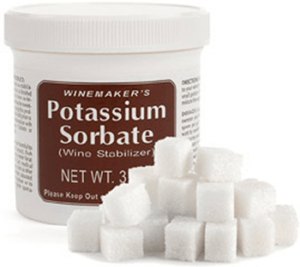 My research also indicates that when sweetening a mead I need to add a couple of compounds to be extra certain that fermentation has stopped. One is potassium sorbate, while the other is potassium metabisulfite. Once I add these compounds (per the instructions listed by the manufacturer), I am supposed to let the mead sit for a couple of days to be super sure fermentation is done.
My research also indicates that when sweetening a mead I need to add a couple of compounds to be extra certain that fermentation has stopped. One is potassium sorbate, while the other is potassium metabisulfite. Once I add these compounds (per the instructions listed by the manufacturer), I am supposed to let the mead sit for a couple of days to be super sure fermentation is done.
Finally, once that’s all done, I’m reading that I’ll need to add about 1 cup of honey per 5 gallons of mead. Since I have exactly 5 gallons, this step will be super easy.
Do any of you have any advice for sweetening a mead? If, in your experience, you’ve found a better way to do it, feel free to chime in! Cheers!
————————————————————————————————————-
 My name is Leigh Erwin, and I am a brand-spankin’ new home winemaker! E. C. Kraus has asked me to share with you my journey from a first-time dabbler to an accomplished home winemaker. From time to time I’ll be checking in with this blog and reporting my experience with you: the good, bad — and the ugly.
My name is Leigh Erwin, and I am a brand-spankin’ new home winemaker! E. C. Kraus has asked me to share with you my journey from a first-time dabbler to an accomplished home winemaker. From time to time I’ll be checking in with this blog and reporting my experience with you: the good, bad — and the ugly.

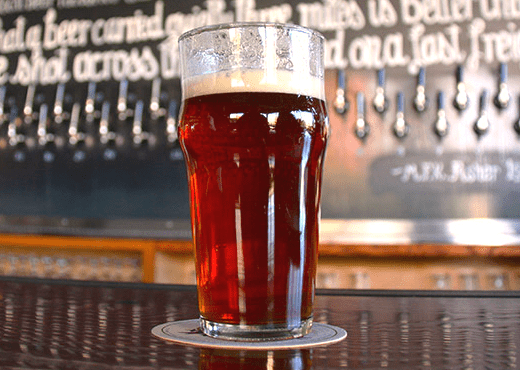 The extract beer recipe blow is for making an English ordinary bitter which is a style of English pale ale. English pale ales are divided into categories based on strength and bitterness, with ordinary bitter being the most sessionable, followed by special bitter and extra special bitter, or ESB. In general,
The extract beer recipe blow is for making an English ordinary bitter which is a style of English pale ale. English pale ales are divided into categories based on strength and bitterness, with ordinary bitter being the most sessionable, followed by special bitter and extra special bitter, or ESB. In general,  Have you ever thought about upgrading your bottled homebrew with a customized beer label? It’s not very difficult!
Have you ever thought about upgrading your bottled homebrew with a customized beer label? It’s not very difficult!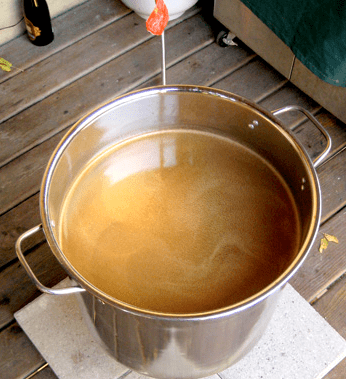 Hi everyone! I’m sitting here smelling the sweet smells of fermentation right now, and just pondering how it’s going to all turn out! In case you forgot or did not read my previous entries, I am attempting to make my first mead at home after trying grape kits for a little while.
Hi everyone! I’m sitting here smelling the sweet smells of fermentation right now, and just pondering how it’s going to all turn out! In case you forgot or did not read my previous entries, I am attempting to make my first mead at home after trying grape kits for a little while.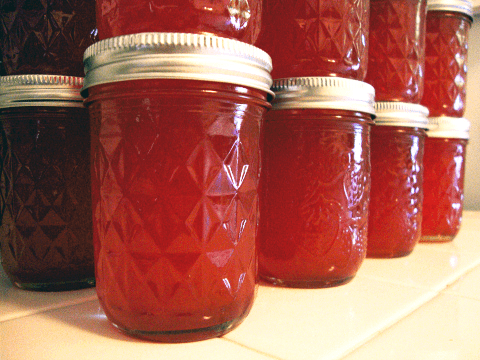 I have started using a steam juicer with my fresh fruit. Most of the wine recipes that I find call for whole fruit with pulp. Can you recommend a wine recipe using the fruit juice? Should I be able to use a wine recipe that calls for fruit concentrate?…
I have started using a steam juicer with my fresh fruit. Most of the wine recipes that I find call for whole fruit with pulp. Can you recommend a wine recipe using the fruit juice? Should I be able to use a wine recipe that calls for fruit concentrate?…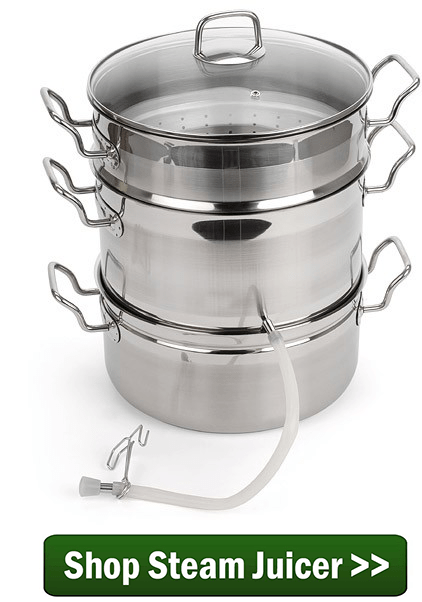

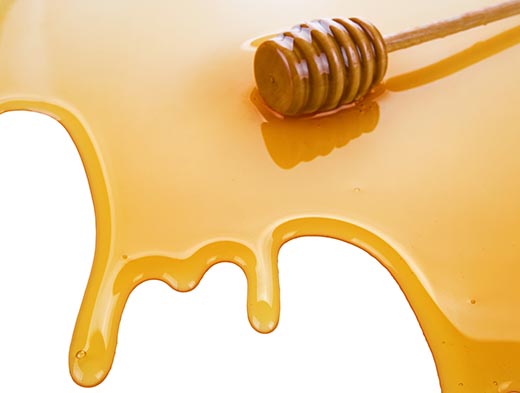 Hi everyone!
Hi everyone!
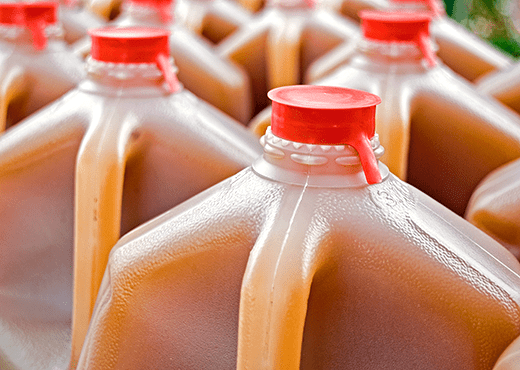 What is the difference between apple wine and apple cider? Is the recipe different? Is the manufacturing procedures different?
What is the difference between apple wine and apple cider? Is the recipe different? Is the manufacturing procedures different?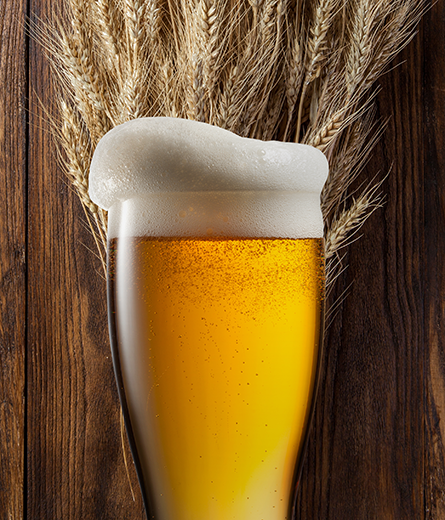 One of the most well known styles of wheat beer is
One of the most well known styles of wheat beer is 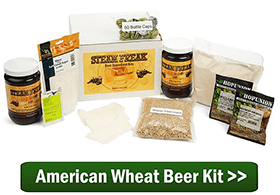
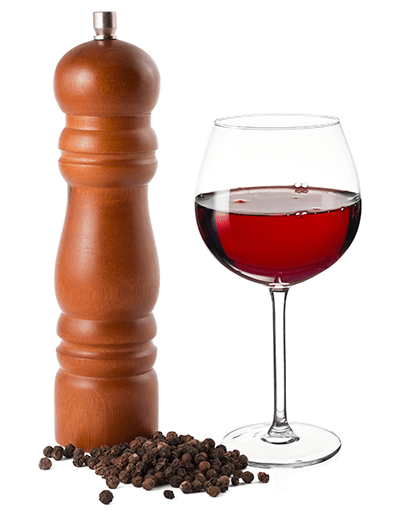 How can I get more of a peppery taste in my wine kit?
How can I get more of a peppery taste in my wine kit?